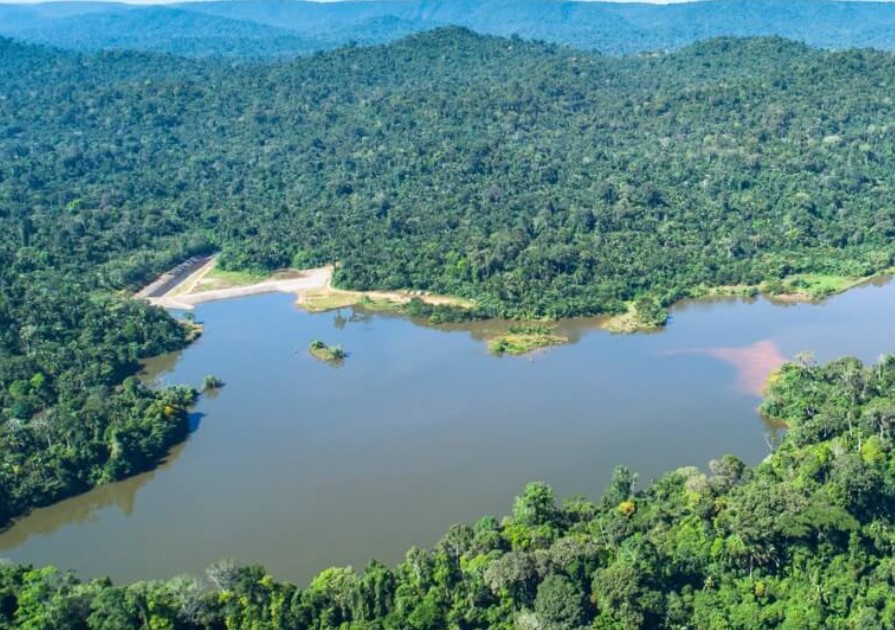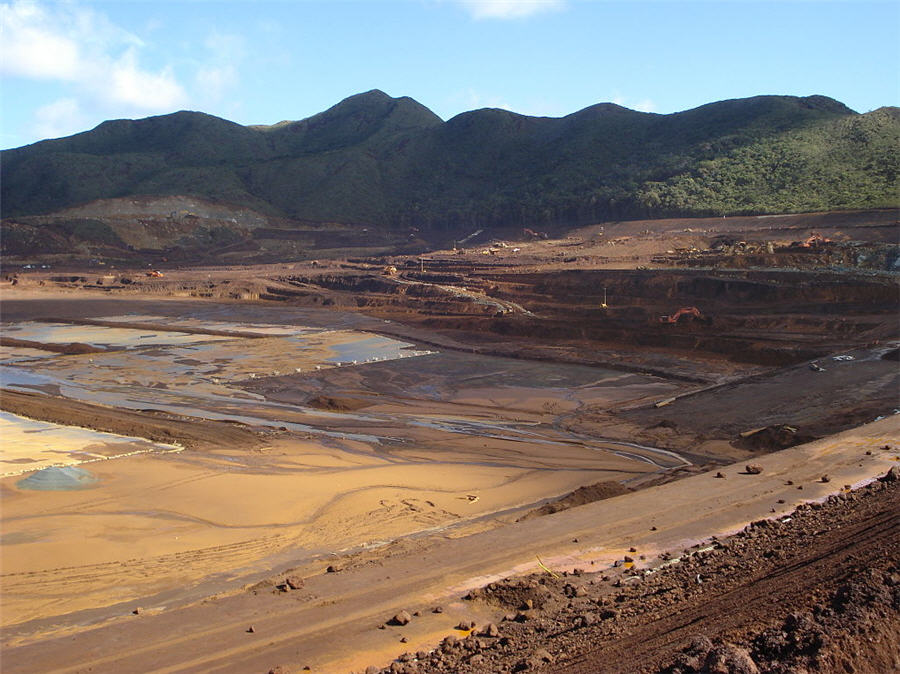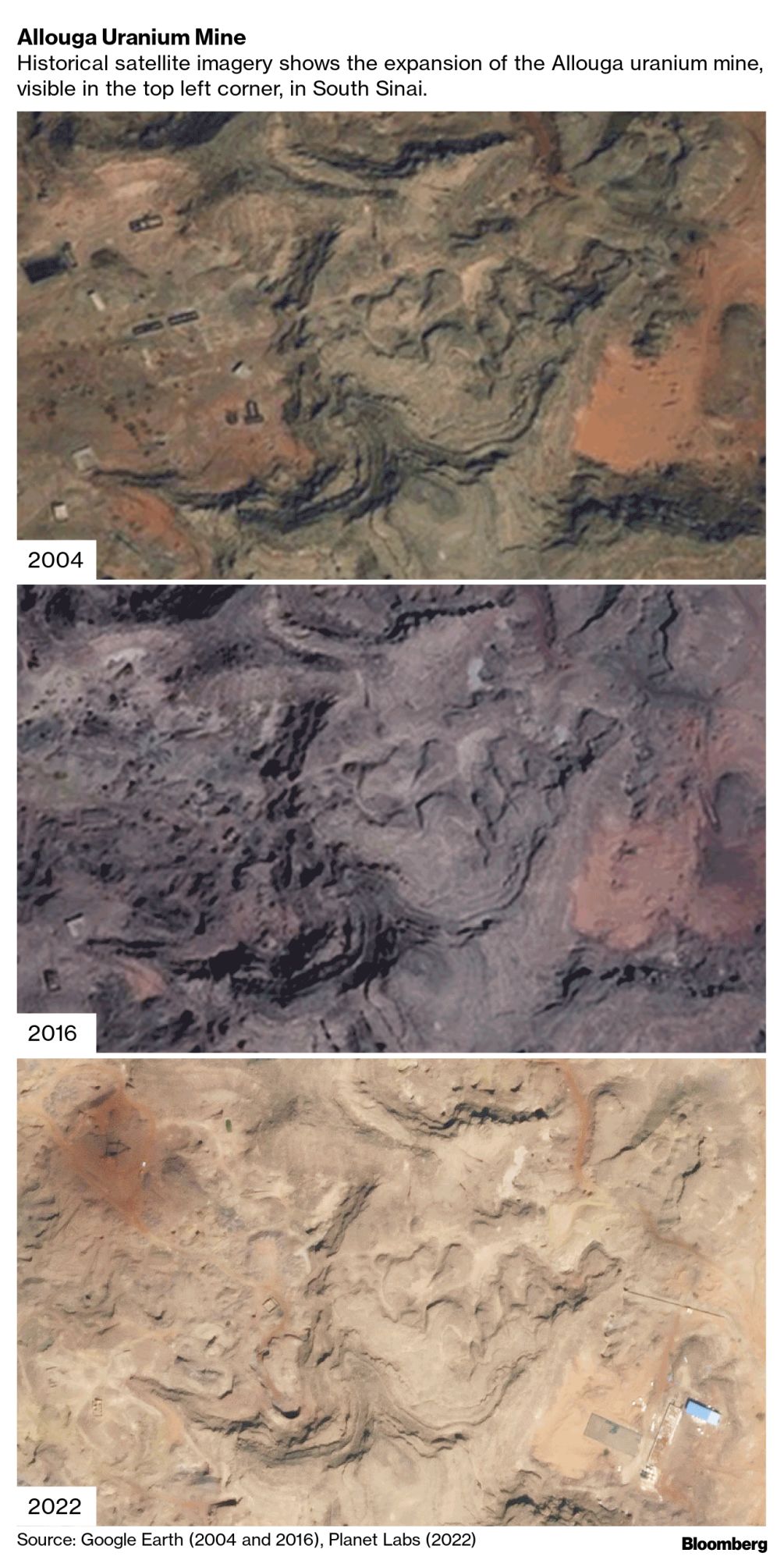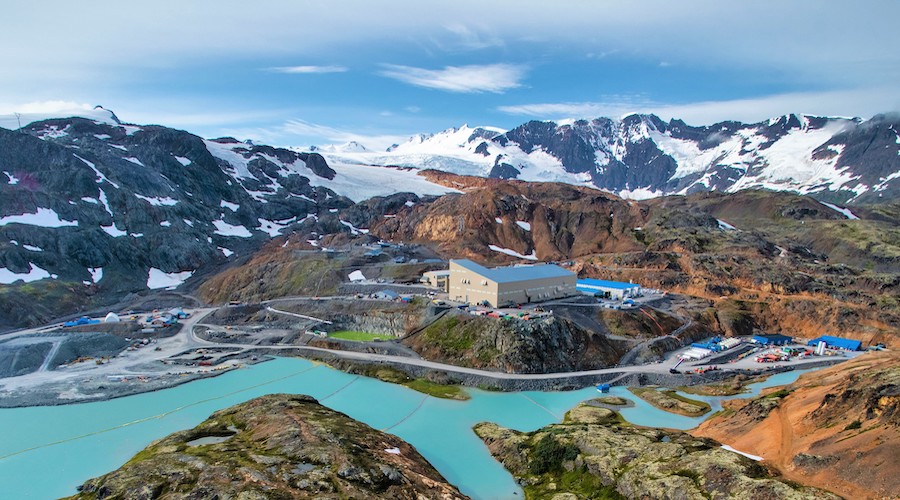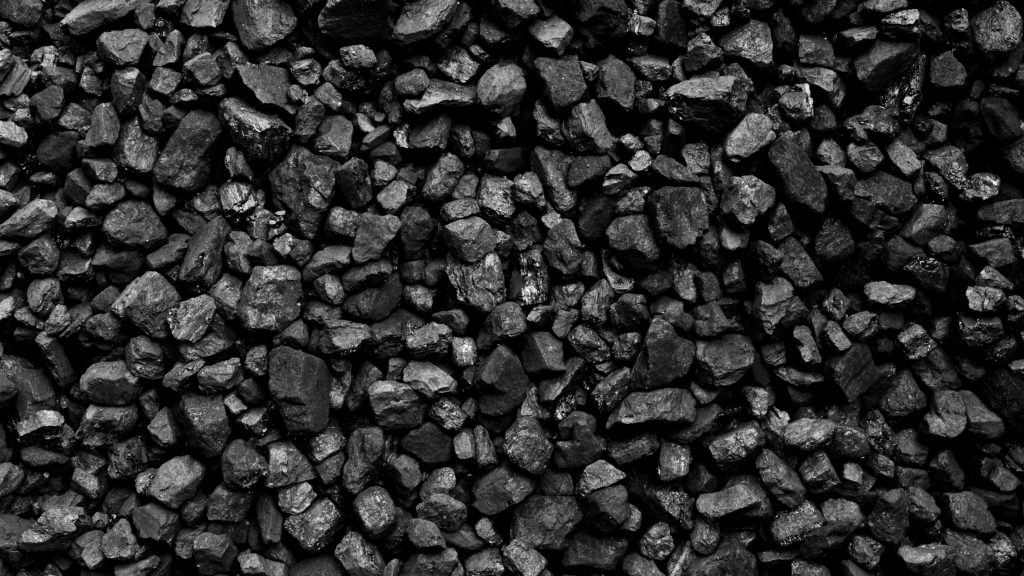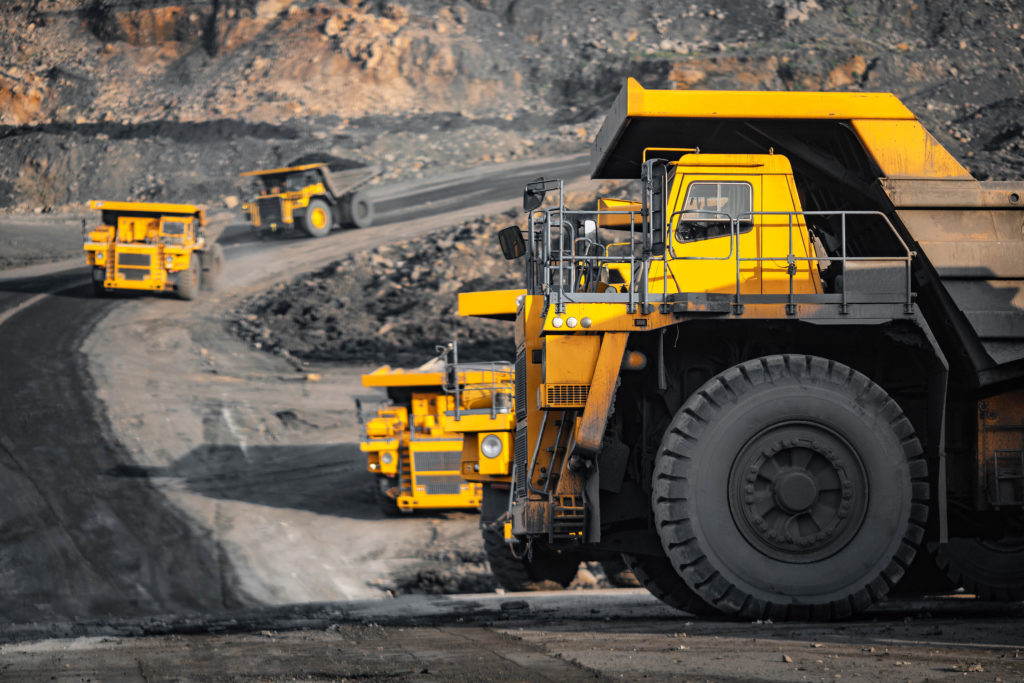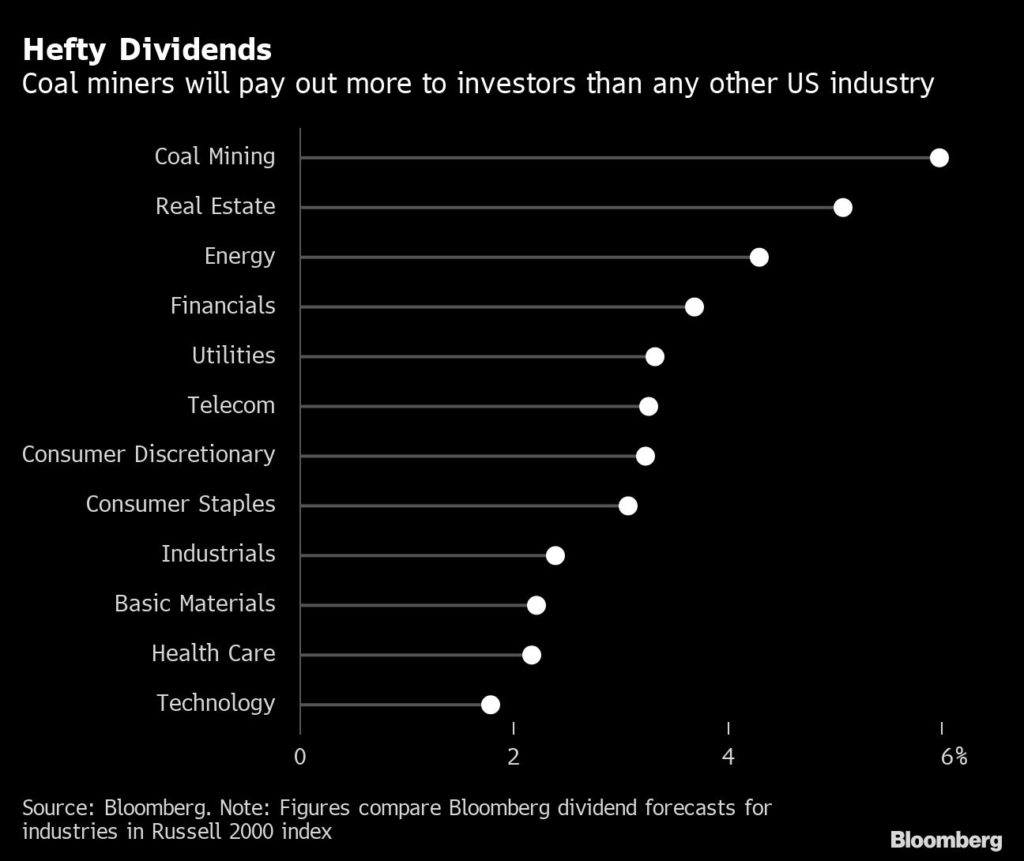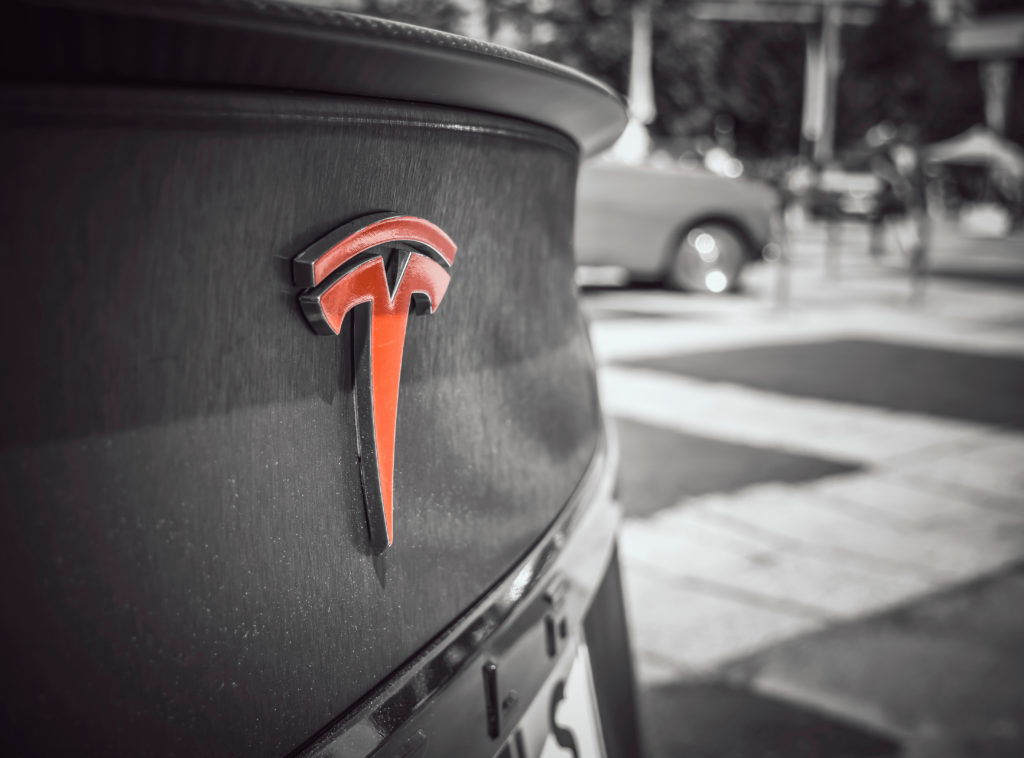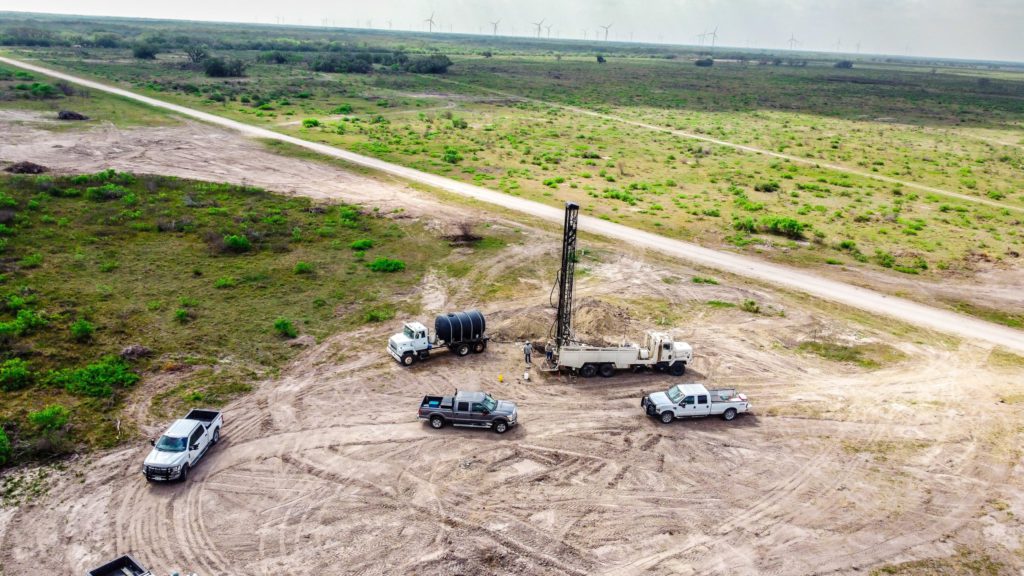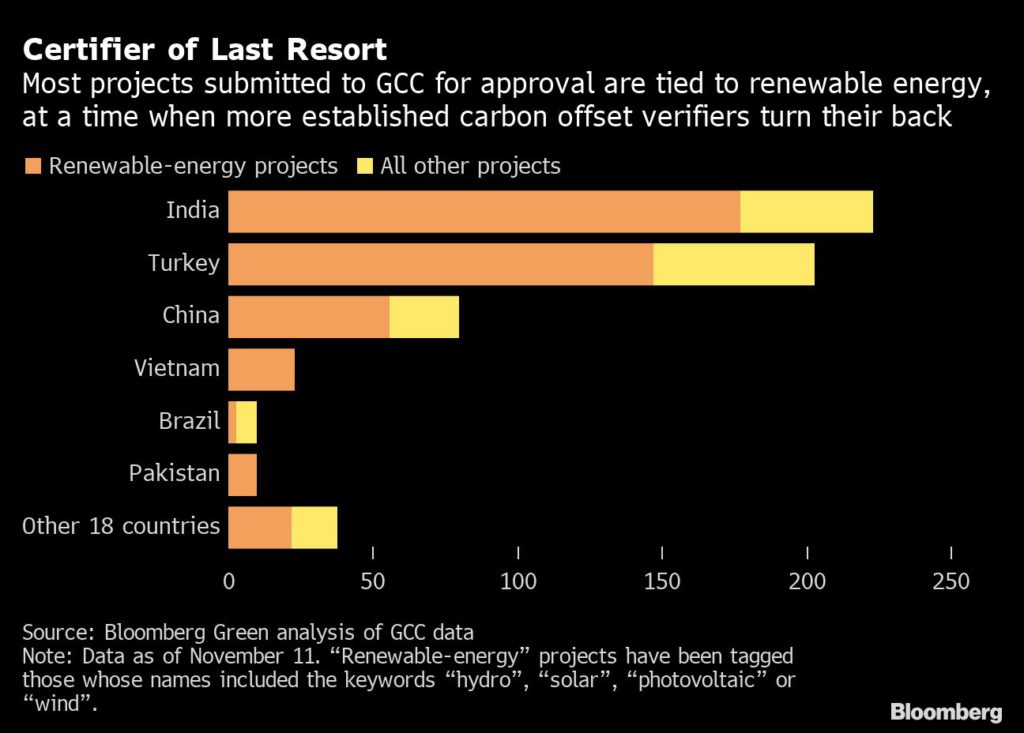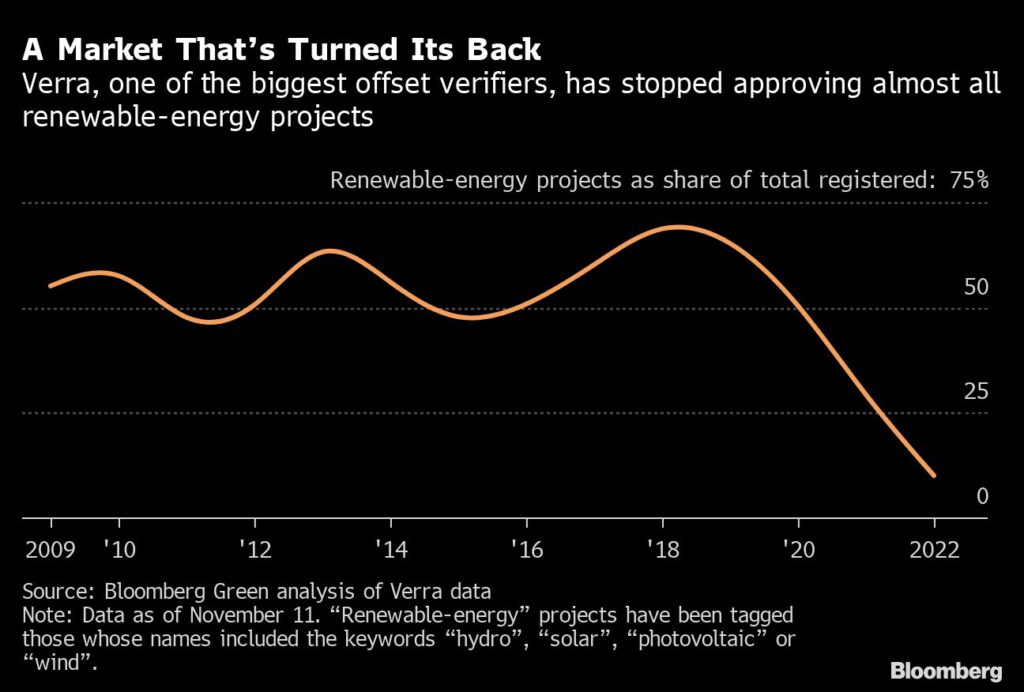Novel copper-based material key to safely convert heat into electricity
Staff Writer | November 14, 2022 | 6:06 am Energy Europe Copper Manganese

Copper. (Reference image by the US Geological Survey, Flickr.)
A recent study published in the journal Angewandte Chemie presents a new synthetic copper material that acquires a complex structure and microstructure through simple changes in its composition, thereby laying the foundation for converting heat into electricity.

In detail, the novel material is composed of copper, manganese, germanium, and sulphur, and is produced in a relatively simple process.
“The powders are simply mechanically alloyed by ball-milling to form a pre-crystallized phase, which is then densified by 600 degrees Celsius. This process can be easily scaled up,” Emmanuel Guilmeau, corresponding author of the study, said in a media statement.
Thermoelectric materials convert heat to electricity. This is especially useful in industrial processes where waste heat is reused as valuable electric power. The converse approach is the cooling of electronic parts, for example, in smartphones or cars. Materials used in this kind of application have to be not only efficient, but also inexpensive and, above all, safe.
However, thermoelectric devices used to date make use of expensive and toxic elements such as lead and tellurium, which offer the best conversion efficiency.
But Guilmeau and his team were convinced that it is possible to create safer alternatives. This is why they decided to explore derivatives of natural copper-based sulphide minerals. These mineral derivatives are mainly composed of nontoxic and abundant elements, and some of them have thermoelectric properties.
The team succeeded in producing a series of thermoelectric materials showing two crystal structures within the same material.
“We were very surprised at the result. Usually, slightly changing the composition has little effect on the structure in this class of materials,” Guilmeau said.
He and his colleagues found that replacing a small fraction of the manganese with copper produced complex microstructures with interconnected nanodomains, defects, and coherent interfaces, which affected the material’s transport properties for electrons and heat.
Guilmeau pointed out that the novel material is stable up to 400 degrees Celsius, a range well within the waste heat temperature range of most industries. He is convinced that, based on this discovery, novel cheaper and nontoxic thermoelectric materials could be designed to replace more problematic components.
